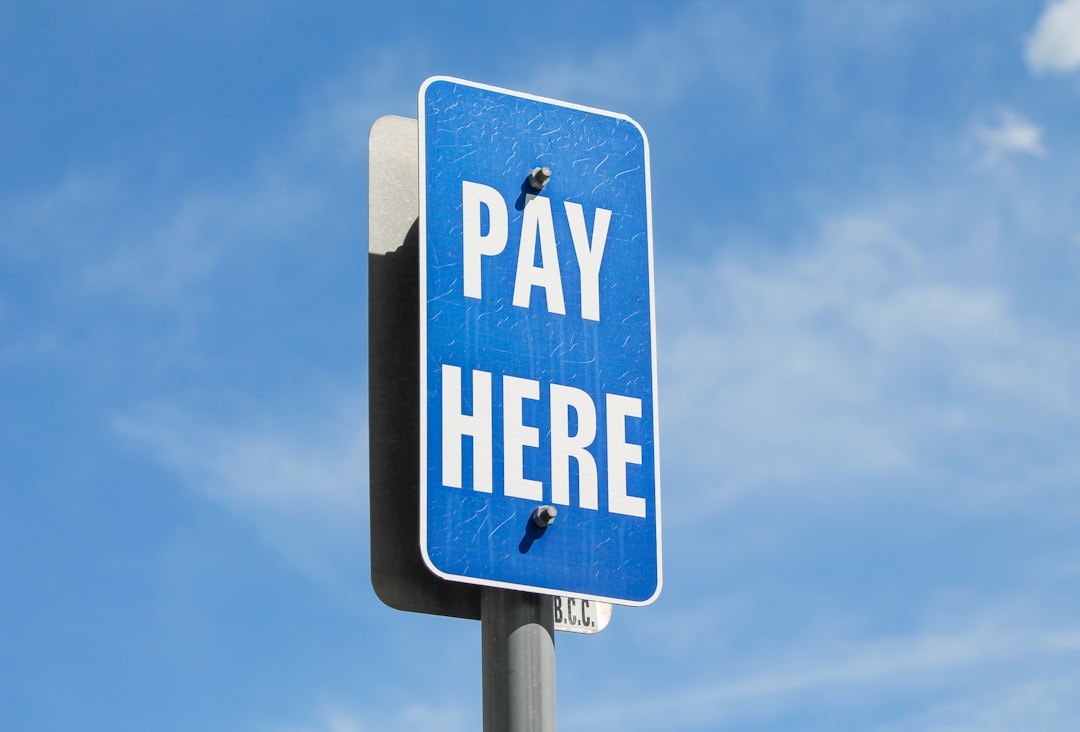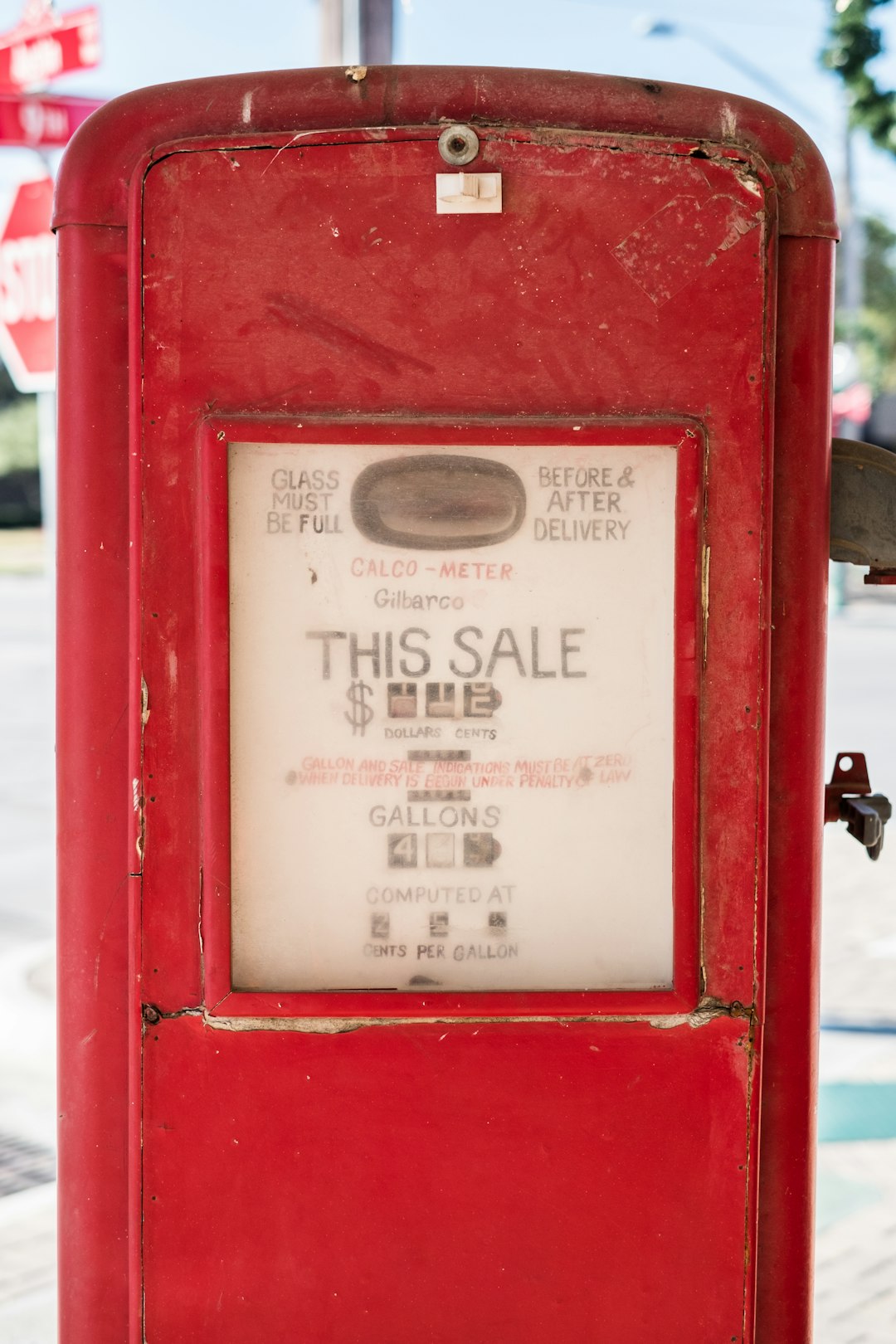Today’s B2B SaaS landscape is more competitive than ever before. With thousands of solutions battling for the attention of business customers, your pricing strategy can either propel your company toward growth or become a bottleneck. Two of the most commonly adopted pricing models in the B2B SaaS world are Tiered Pricing and Usage-Based Pricing. Each has its merits and pitfalls, and choosing the right one could have a significant impact on your revenue and customer satisfaction.
Understanding the Importance of a Well-Defined Pricing Strategy
Your pricing model isn’t just about revenue; it’s a statement of your value proposition. It affects customer acquisition, retention, and lifetime value. A transparent, flexible, yet scalable pricing strategy builds trust and helps customers align their spending with the value they receive.
When you’re scaling your B2B SaaS startup or optimizing your established enterprise solution, picking between tiered pricing and usage-based pricing should be a deliberate choice, not an incidental one.
Tiered Pricing Strategy Explained
Tiered pricing involves bundling features or services into separate packages or tiers. Customers subscribe to the tier that best suits their needs and budget. This model is popular among SaaS companies because of its simplicity and predictability.
Benefits of Tiered Pricing
- Clarity: Tiers define clear boundaries for what the customer gets at each level.
- Upselling made easy: Adding value at higher tiers naturally encourages upgrades.
- Scalability: Easier to match growing customer needs with tier options.
- Predictable revenue: Fixed-price plans offer stable monthly recurring revenue (MRR).
Challenges of Tiered Pricing
- Customer mismatch: Users may not find a tier that fits “just right.”
- Feature overload: Some customers pay for features they don’t use.
- Complex customization needs: Segment-based customers may require more granular options.

Usage-Based Pricing Strategy Explained
Also known as pay-as-you-go pricing, this model charges customers based on how much of a product or service they consume. With the advent of API-driven SaaS platforms and developer tools, usage-based pricing has become increasingly popular, especially among infrastructure and platform SaaS providers.
Benefits of Usage-Based Pricing
- Alignment with value: Customers pay in proportion to what they use, fostering satisfaction.
- Low barriers to entry: Easier for new users to try the product with minimal upfront risk.
- Revenue growth potential: As customers grow, so does their usage—and your income.
- Encourages experimentation: Perfect for developer tools and APIs where adoption starts small.
Challenges of Usage-Based Pricing
- Unpredictable revenue: It’s harder to forecast MRR with variable usage.
- Complex billing: Requires robust tracking and metering functionality.
- Consumer hesitation: Some customers dislike “open tab” scenarios and prefer price certainty.

How to Choose Between Tiered and Usage-Based Pricing
Picking the right pricing model isn’t just about copying your competitors. A strategic approach requires understanding your customer behavior, lifecycle, and product usage patterns. Here are some key factors to consider when choosing between Tiered and Usage-Based pricing.
1. Customer Profile
If your customers include enterprise buyers who want predictability in budgeting, then tiered pricing may be more appealing. On the other hand, for highly technical users or startups who prefer granular control, usage-based pricing might be the better route.
2. Product Type & Complexity
If your product has a few clear core use cases and features, creating tiers is straightforward. But if usage varies greatly or is linked directly to business performance—such as API calls, emails sent, or gigabytes stored—usage-based might align more naturally with delivered value.
3. Sales Motion
Consider how your customers buy. Tiered pricing is easier for a sales team to validate and close, especially when it comes to negotations and procurement. However, product-led growth (PLG) companies might find usage-based more conducive, as it lowers entry costs and allows revenue to scale organically.
4. Financial Forecasting
If stability and consistent MRR are priorities, as they often are for investor relations or long-term budgeting, then a tiered subscription structure offers more visibility. For firms leveraging a lot of automation and robust customer success processes, the variable nature of usage-based pricing might be more acceptable.
Hybrid Pricing Strategies: Combining the Best of Both Worlds
Don’t feel you have to pick one or the other. Many successful SaaS companies deploy a hybrid pricing strategy—offering base tiered packages with usage-based add-ons or top-ups. For example, a customer might have access to a certain number of API calls per month included in their plan, and pay only if they exceed that quota.
This blended model allows for both predictability and scalability, providing room for growth while keeping customers comfortable with budgeting.
Successful Examples of Hybrid Models
- Slack: Charges per user per month (tiered) but offers add-ons for advanced communication features.
- Twilio: Base access to tools is free, but pricing is entirely based on consumption.
- HubSpot: Includes a tiered plan, but charges for marketing contacts over the included limit.

Key Metrics for Evaluating Pricing Model Effectiveness
Whichever pricing model you adopt, continuous evaluation is crucial. Here are some KPIs to monitor:
- MRR Growth: How effectively does your model scale?
- Customer Churn: Is pricing driving away customers?
- LTV/CAC Ratio: Are your customers generating enough revenue compared to what it costs to acquire them?
- Plan Downgrades: Is there a trend of customers moving to lower tiers due to dissatisfaction or overselling?
- Net Revenue Retention (NRR): Particularly important in usage models—are existing customers spending more over time?
Final Thoughts
The decision between tiered and usage-based pricing isn’t binary—it’s strategic. What works at your startup’s seed stage may not support your growth at Series C. As your product evolves and customer base diversifies, you may need to test, adapt, or customize your pricing approach. Whether you opt for the simplicity of tiered pricing or the velocity of usage-based billing, ensure it aligns with how your customers perceive value.
Ultimately, the best pricing strategy is the one that maximizes both revenue and customer success—not just one or the other. Be ready to listen, iterate, and stay focused on delivering tangible, scalable value.
Looking to take it a step further? Consider setting up A/B tests for pricing models or consulting with pricing strategists to identify the best path forward for your product and market segment.

